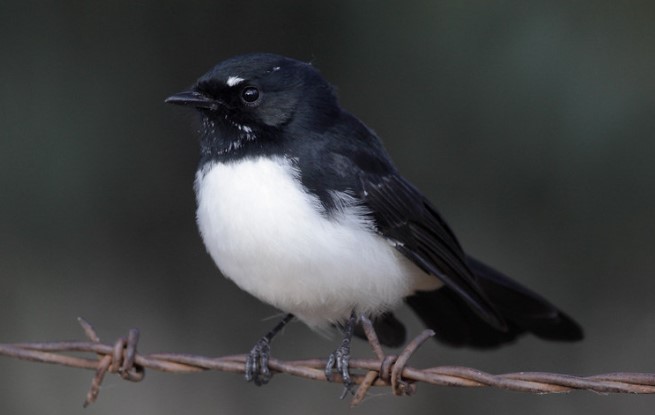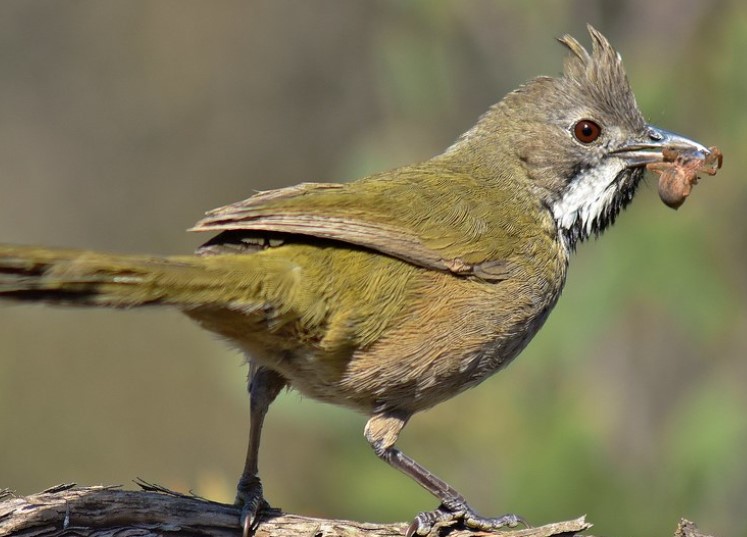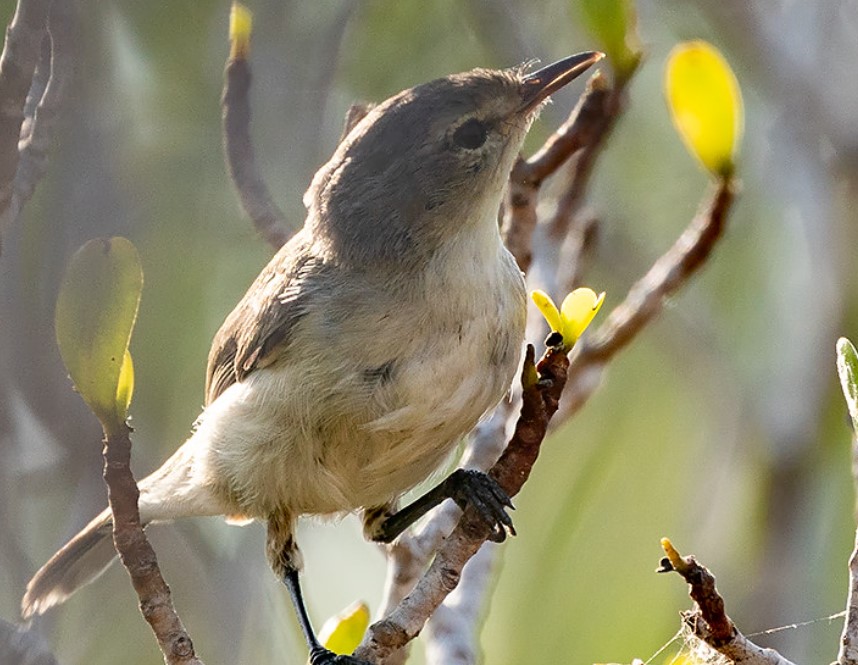This inland member of the sandpiper family has a stocky build, long bills, and short legs. However, their habitats and diet are distinct. Woodcock inhabit primarily woodlands and abandoned fields. Whereas snipe is found in association with bogs and freshwater wetlands. Both species use their long bills to probe the substrate for invertebrates. The woodcock and snipe are similar in length, though the female woodcock weighs almost twice as much as the female snipe.
The American woodcock (Scolopax minor) breeds from southern Canada to Louisiana throughout forested regions of the eastern half of North America. The highest breeding densities are found in the northern portion of this range, especially in the Great Lakes area of the United States, northern New England, and southern Canada.
Woodcock winter is mainly in the southeastern United States and are year-round residents in some of these areas. The Woodcock are important game animals over much of their range. Also, Woodcock are large for sandpipers 28 cm bill tip to tail tip. But the females weigh more than males. Most young are full-grown by 5 to 6 weeks after hatching.
Habitat
Woodcock inhabit both woodlands and abandoned fields, particularly those with rich and moderately to poorly drained loamy soils, which tend to support abundant earthworm populations. In the spring season, the male bird uses early successional open areas and woods openings, interspersed with low brush and grassy vegetation.
Thus, for singing displays at dawn and dusk. Females nest in brushy areas of secondary growth woodlands near their feeding areas, often near the edge of the woodland or near a break in the forest canopy. During the summer season, both sexes use second-growth hardwood or early successional mixed hardwood and conifer woodlands for diurnal cover.
At night, they move into open pastures and early successional abandoned agricultural fields, including former male singing grounds, to roost. During the winter, woodcock use bottomland hardwood forests, hardwood thickets, and upland mixed hardwood and conifer forests during the day. At night, they use open areas to some degree, but also forested habitats. Diurnal habitat and nocturnal roosting fields need to be near be useful for woodcock.
American Woodcock Diet
American Woodcock feed primarily on invertebrates found in moist upland soils by probing the soil with their long prehensile-tipped bill. Earthworms are the preferred diet, but when earthworms are not available, other soil invertebrates are consumed. Some seeds and other plant matter may also be consumed.
During summer most, feeding was done in wooded areas prior to entering fields at night. But other studies have indicated that a significant amount of food is acquired during nocturnal activities.
During the winter in southern Louisiana, woodcock exhibited three feeding periods: early morning in the nocturnal habitat, midday in the diurnal habitat, and dusk. However again in the nocturnal fields; earthworms and millipedes were consumed in both habitat types. Most of the woodcocks’ metabolic water needs are met by their food.
But captive birds have been observed to drink. The chicks leave the nest soon after hatching but are dependent on the female for food for the first week after hatching. Moreover, American Woodcock molt twice annually. The prenuptial molt involves body plumage, some wing coverts, scapulars, and tertials and occurs in late winter or early spring. The complete postnuptial molt takes place in July or August.
Migration
Fall migration starts at the end of September and continues until December. But often following the first heavy frost. The migration may take four to six weeks. Some woodcock winter in the south Atlantic region, while those that breed west of the Appalachian Mountains winter in Louisiana and the other Gulf States.
American Woodcock are early spring migrants, leaving their wintering grounds in February and arriving on their northern breeding grounds in late March to early April. The dates of woodcock arrival at their breeding grounds can change from year to year depending on the timing of the snowmelt. The spring and fall migration dates by States from numerous studies.
Courtship Display
From their arrival in the spring, male woodcock performs daily courtship flights at dawn and at dusk, defending a site on the singing grounds to attract females for mating. Often several males display on a single singing ground, with each defending his own section of the area.
Females construct their nests on the ground, usually at the base of a tree or shrub located in a brushy area adjacent to an opening or male singing ground. Females are responsible for all the incubation and care of their brood. The young chick leaves the nest soon after hatching and can sustain flight by approximately 18 days of age.
Range
American Woodcock home range of woodcocks encompasses both diurnal cover areas and nocturnal roosting areas and varies in size depending on the season and the distribution of feeding sites and suitable cover. During the day, movements are usually limited until dusk, when woodcock fly to nocturnal roost sites.
In the Spring and summer diurnal ranges are only 1 to 10 percent of the total home range. Movement on the nocturnal roost sites also is limited; however, during winter, woodcock is more likely to feed and move around at night.
Singing
Singing males generally restrict their movements more than non-singing males, juveniles, and females. The annual singing-ground survey conducted by the United States and Canada provides information on the population trends of woodcock in the northern states and Canada during the breeding season.
The singing-ground estimates vary from 1.7 male singing grounds per 100 ha in Minnesota to 10.4 male singing grounds per 100 ha in Maine. Although this is appropriate for assessing population trends, flushing surveys, telemetry, and mark-recapture are better methods for estimating woodcock densities because there are variable numbers of females and non-singing males associated with active singing grounds.
The 2.2 singing males per 100 ha in a wildlife refuge in Maine, But summer densities of 19 to 25 birds per 100 ha in the same area. Woodcocks attempt to raise only a single brood in a given year but may re-nest if the initial clutch is destroyed. Survival of juveniles in their first-year ranges from 20 to 40 percent and survival of adults ranges from 35 to 40 percent for males to approximately 40 to 50 percent for females.
The adult survival rates 0.88 to 0.90 for both sexes between June and October in Maine, indicating that adult mortality may occur primarily in the winter and early spring. The lower summer survival rates for young woodcock between fledging and migration than for adults during the same months, with most losses of young attributed to predation.
Similar Species
The common snipe (Gallinago gallinago) is similar in length only 27 cm to the woodcock, although lighter in weight. Snipe are primarily found in association with bogs and freshwater wetlands and feed on the various invertebrates associated with wetland soils.
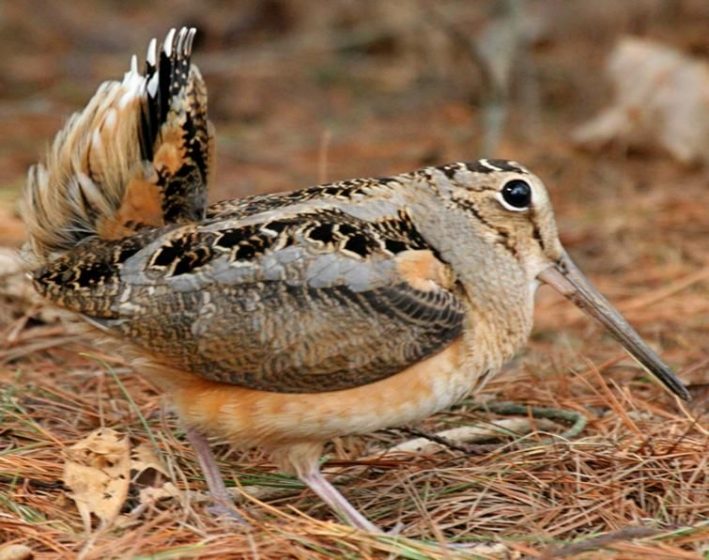
Snipe breed mainly in boreal forest regions and thus are found slightly north of the woodcock breeding range, with some areas of overlap in the eastern half of the continent. The breeding range of the snipe, however, extends westward to the Pacific coast and throughout most of Alaska, thus occupying a more extensive east-west range than the woodcock.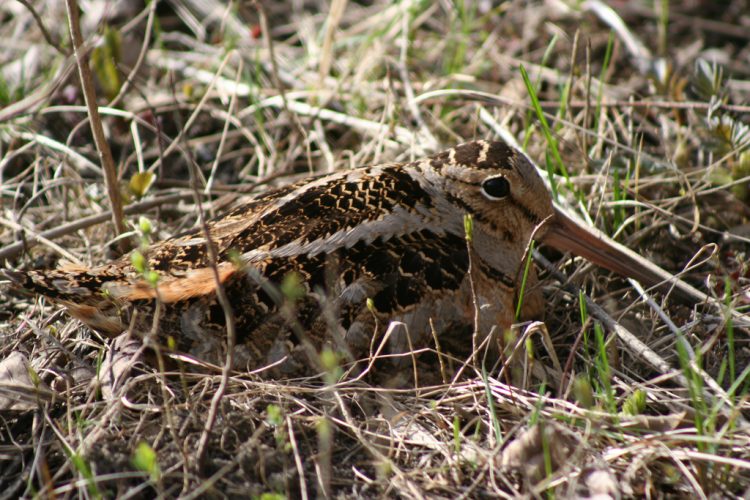

Read More – The Snapping Turtles (Chelydra serpentina)
Affiliates Links:
- How One Woman Discovered the Female Fat-Loss Code Missed by Modern Medicine And Lost 84lbs Using a Simple 2-Step Ritual That 100% Guarantees Shocking Daily Weight Loss
- 60 Seconds Habit! That Reversed Type 2 Diabetes and Melted 56 lbs of Fat
- Boost Your Energy, Immune System, Sexual Function, Strength & Athletic Performance
- Diabetes Remedy # 1 Mega Offer for 2019


